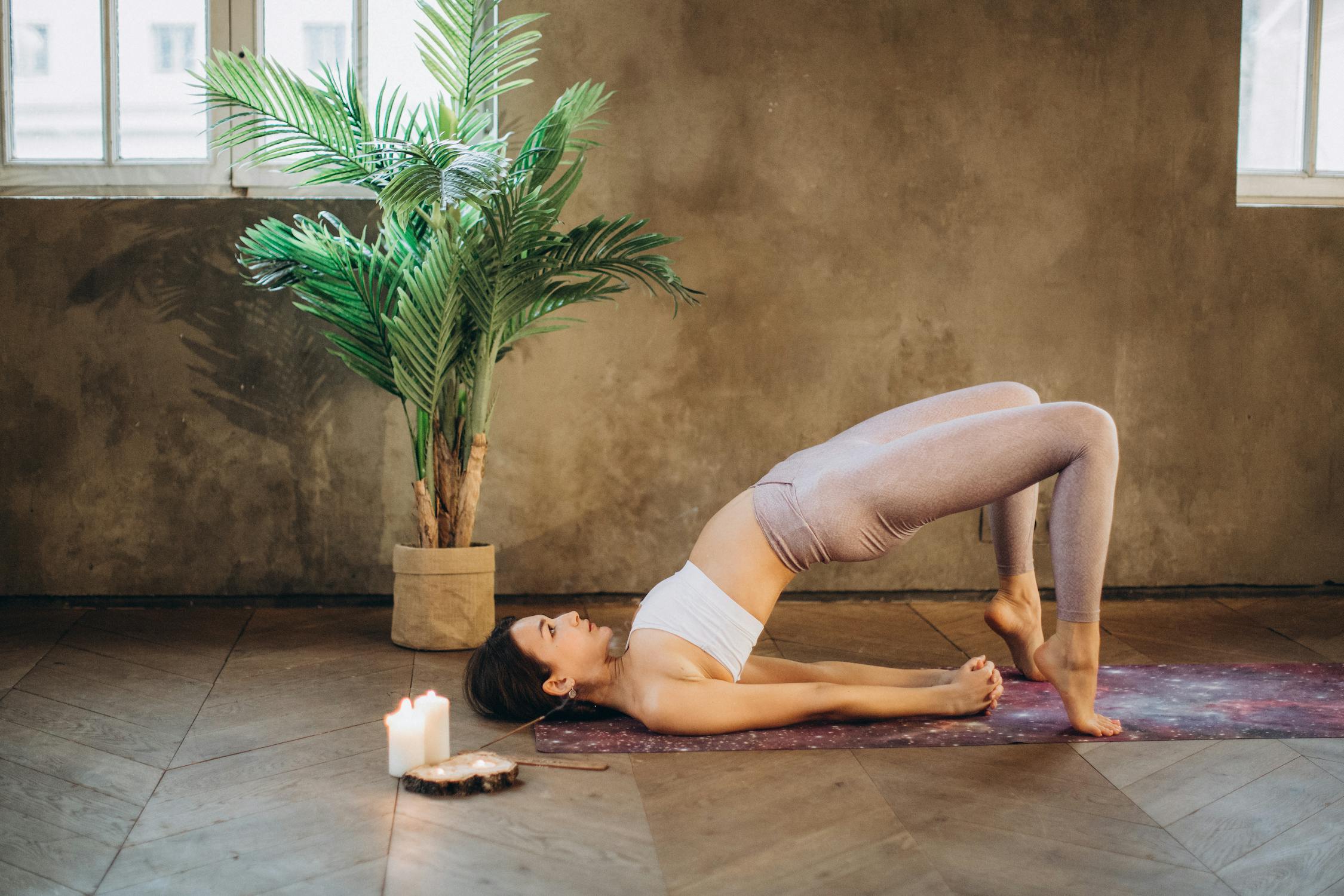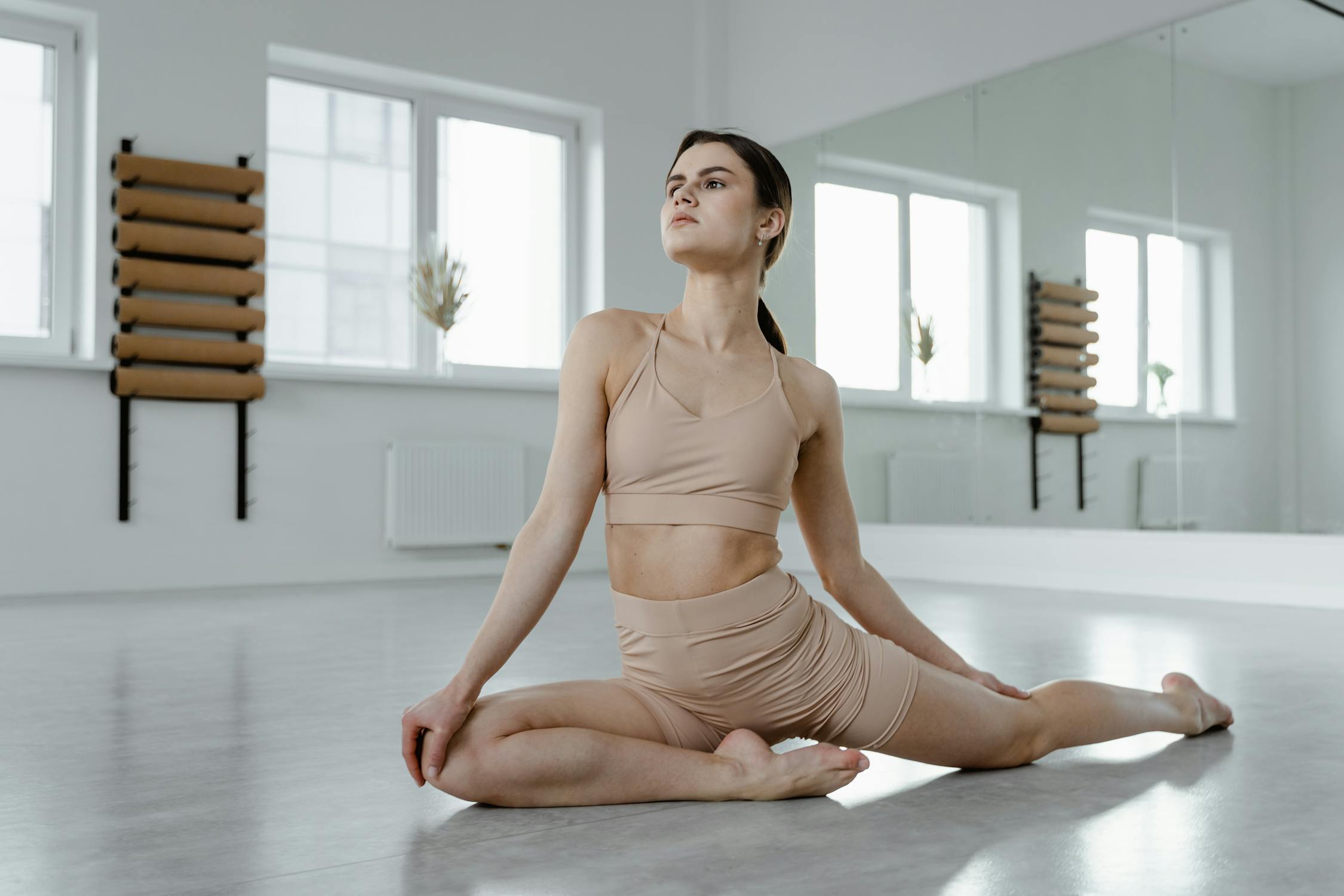Yoga is a centuries-old practice that combines physical postures, breathing techniques, and meditation to promote health, wellness, and relaxation. The practice of yoga has been shown to have a wide range of benefits for the body and mind, including improved flexibility, strength, balance, and stress management. In this article, we will explore some of the most common yoga exercises and their benefits.
Downward-Facing Dog Pose (Adho Mukha Svanasana)
The downward-facing dog pose is one of the most popular yoga poses and is often used as a starting point for many yoga sequences. This pose involves starting on your hands and knees and then lifting your hips up towards the ceiling while straightening your legs. Your hands and feet should be shoulder-width apart, and your head should be relaxed and facing towards the ground.
Benefits:
- Stretches the hamstrings, calves, and spine
- Strengthens the arms and shoulders
- Relieves stress and anxiety
- Improves digestion and circulation
Mountain Pose (Tadasana)
The mountain pose is a foundational yoga pose that involves standing tall with your feet hip-width apart and your arms by your sides. Your weight should be evenly distributed between both feet, and your spine should be straight.
Benefits:
- Improves posture and balance
- Increases awareness of body alignment
- Relieves tension and stress
- Helps to develop a sense of grounding and stability
Warrior I Pose (Virabhadrasana I)
The warrior I pose is a powerful pose that involves stepping one foot forward and bending the knee while keeping the other foot behind you. Your arms should be raised overhead, with your palms facing each other. Your back foot should be at a 45-degree angle and your hips should be facing forward.
Benefits:
- Strengthens the legs and core
- Stretches the chest, shoulders, and hips
- Improves balance and stability
- Boosts confidence and inner strength
Tree Pose (Vrksasana)
The tree pose is a balancing pose that involves standing on one foot and placing the other foot on the inner thigh of the standing leg. Your hands should be placed in a prayer position in front of your heart, and your gaze should be focused on a fixed point in front of you.
Benefits:
- Improves balance and coordination
- Strengthens the legs and core
- Stretches the hips and groin
- Increases focus and concentration
Child's Pose (Balasana)
The child's pose is a restorative pose that involves kneeling on the ground and then folding forward with your arms stretched out in front of you. Your forehead should rest on the ground, and your legs should be folded underneath you.
Benefits:
- Relieves tension and stress
- Stretches the hips, thighs, and ankles
- Calms the mind and promotes relaxation
- Improves digestion and circulation
Cobra Pose (Bhujangasana)
The cobra pose is a backbend pose that involves lying on your stomach and then lifting your upper body off the ground while keeping your hands flat on the ground. Your elbows should be bent and your shoulders should be relaxed.
Benefits:
- Strengthens the muscles of the back and arms
- Stretches the chest and shoulders
- Improves posture and spinal alignment
- Stimulates digestion and relieves stress
Corpse Pose (Savasana)
The corpse pose is a relaxation pose that involves lying on your back with your arms by your sides and your palms facing up. Your legs should be slightly apart, and your eyes should be closed. This pose is often used at the end of a yoga practice to promote deep relaxation and release any remaining tension in the body.
Benefits:
- Promotes relaxation and stress relief
- Improves mental clarity and focus
- Reduces fatigue and promotes better sleep
- Helps to balance the nervous system
Bridge Pose (Setu Bandha Sarvangasana)
The bridge pose is a backbend pose that involves lying on your back with your knees bent and your feet flat on the ground. You then lift your hips up towards the ceiling while keeping your feet and hands on the ground. Your shoulders should be relaxed, and your chin should be tucked in towards your chest.
Benefits:
- Strengthens the glutes, hamstrings, and lower back
- Stretches the chest, neck, and spine
- Improves posture and spinal alignment
- Reduces anxiety and promotes relaxation
Seated Forward Bend (Paschimottanasana)
The seated forward bend is a seated pose that involves stretching the legs out in front of you and then folding forward with your hands reaching towards your feet. Your knees can be bent or straight depending on your flexibility level, and your head should be relaxed.
Benefits:
- Stretches the hamstrings, lower back, and spine
- Calms the mind and reduces stress
- Stimulates digestion and improves circulation
- Promotes a sense of grounding and relaxation
Pigeon Pose (Eka Pada Rajakapotasana)
The pigeon pose is a hip-opening pose that involves starting on your hands and knees and then bringing one knee towards your chest and placing it behind your hand on the same side. Your other leg should be straight behind you, and your torso should be upright. You can then fold forward over your bent leg to deepen the stretch.
Benefits:
- Stretches the hips, thighs, and glutes
- Improves flexibility and range of motion
- Relieves tension and stress in the hips and lower back
- Promotes a sense of emotional release and letting go
These are just a few examples of the many yoga exercises available. Yoga is a versatile practice that can be adapted to suit your individual needs and fitness level. Whether you are looking to increase your flexibility, build strength, reduce stress, or simply improve your overall well-being, incorporating yoga into your daily routine can have a significant impact on your physical and mental health.










Comments
Post a Comment